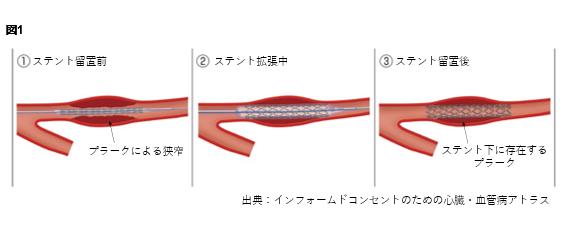2022-08-18 ワシントン大学セントルイス
KCNQ2とKCNQ3という二つのカリウムイオンチャネルの作動機構を研究し、KCNQチャネルの活性化には保存されたメカニズムがあり、てんかんに関連する変異と低分子化合物の両方の標的になっていることを明らかにした。
<関連情報>
- https://source.wustl.edu/2022/08/study-reveals-novel-mechanism-behind-epilepsy-drug-modulation/
- https://engineering.wustl.edu/news/2022/Study-into-potassium-channels-reveals-novel-mechanism-behind-epilepsy-drug-modulation.html
- https://www.science.org/doi/10.1126/sciadv.abo3625
KCNQチャネルの電気機械的結合は、てんかん関連変異とレチガビンの標的である Electro-mechanical coupling of KCNQ channels is a target of epilepsy-associated mutations and retigabine
Nien-Du Yang,Richard Kanyo,Lu Zhao,Jingru Li ,Po Wei Kang ,Alex Kelly Dou ,Kelli McFarland White,Jingyi Shi,Jeanne M. Nerbonne ,Harley T. Kurata,Jianmin Cui
Science Advances Published:20 Jul 2022
DOI: 10.1126/sciadv.abo3625

Abstract
KCNQ2 and KCNQ3 form the M-channels that are important in regulating neuronal excitability. Inherited mutations that alter voltage-dependent gating of M-channels are associated with neonatal epilepsy. In the homolog KCNQ1 channel, two steps of voltage sensor activation lead to two functionally distinct open states, the intermediate-open (IO) and activated-open (AO), which define the gating, physiological, and pharmacological properties of KCNQ1. However, whether the M-channel shares the same mechanism is unclear. Here, we show that KCNQ2 and KCNQ3 feature only a single conductive AO state but with a conserved mechanism for the electro-mechanical (E-M) coupling between voltage sensor activation and pore opening. We identified some epilepsy-linked mutations in KCNQ2 and KCNQ3 that disrupt E-M coupling. The antiepileptic drug retigabine rescued KCNQ3 currents that were abolished by a mutation disrupting E-M coupling, suggesting that modulating the E-M coupling in KCNQ channels presents a potential strategy for antiepileptic therapy.


